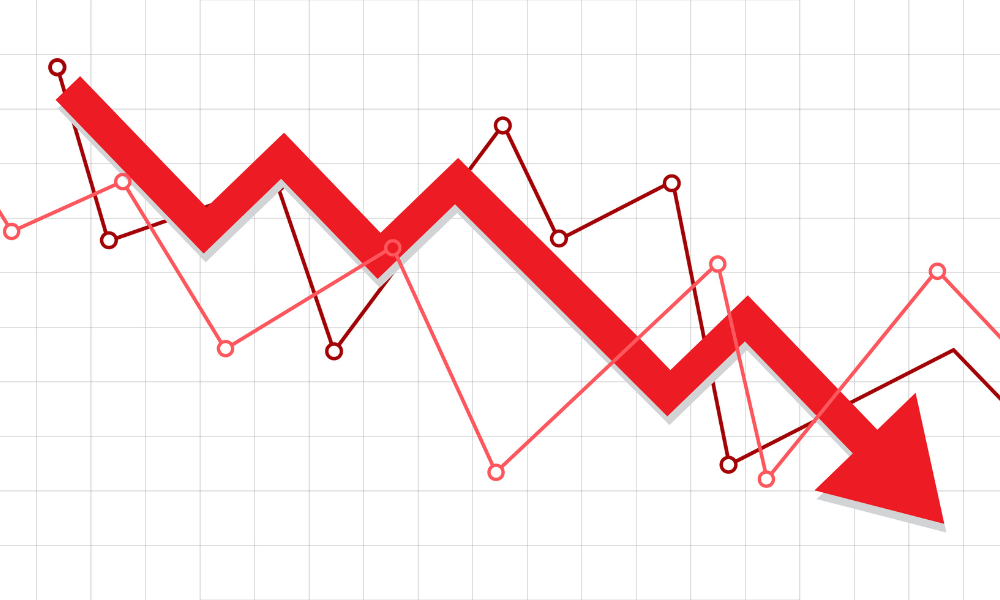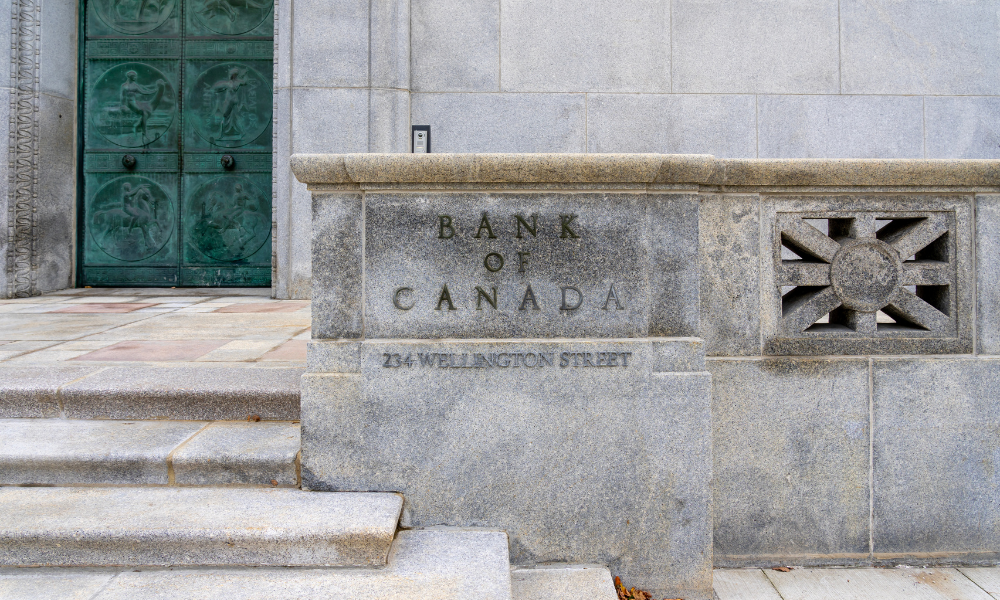Study finds skyrocketing personal debt levels despite higher borrowing costs

Canadian consumer debt grew $80.9 billion since Q3 of 2022, rising to $2.4 trillion in Q3 of this year, according to the latest market pulse consumer credit trends and insights report from Equifax Canada. Mortgage debt grew by 1.7% from Q2 of 2023, despite higher rates, while non-mortgage debt grew by 1.2%.
Canadians are spending more on credit cards too. In Q3 of 2023 Canadian credit card balances hit a new all-time higher – hitting $113.4 billion. That number represents a 16% year over year increase. The study also found that 6 million new cards were opened in the past 12 months, an increase of 13.7%.
Some of those new card openings can be attributed to immigration and population growth. In the past year Canada added 1.3 million new card holders. However, the remaining 4.7 million cards may be explained in part by increased financial strain. Equifax’s report found that the average balance of credit card holders rose by almost $400, from $3,727 to $4,119. Those averages are now higher than pre-pandemic levels.
Consumers at the bottom end of the credit spectrum — with credit scores below 620 — increased their credit card balances by 13.9% since Q3 of 2022. The average credit card spend per consumer rose by 2.2%, but payments only increased by 1.7%.
“The increase in credit card debt is being driven by several factors, including the rising cost of living, higher interest rates, and the economic slowdown,” noted Rebecca Oakes, Vice-President of Advanced Analytics at Equifax Canada. “These factors are putting a strain on household budgets, making it difficult for many Canadians to make ends meet.”
Even if we were to consider the impact of inflation on the cost of goods, Oakes describes the increase in credit card balances as “substantial.”
The report also highlights a worrying rise in delinquencies among Canadians. One in 25 Canadians missed a payment on at least one product in the past year, up from one in 31. That amounts to over 139,000 more consumers who have missed a payment. The overall non-mortgage delinquency rate rose by 29.2%. Ontario and B.C. saw the fastest rates of increase, at 35.4% and 34.5% respectively.
Overall delinquency levels are still below pre-pandemic levels, but Oakes notes that indicators of financial strain are growing faster.
“Delinquencies are on the rise, especially in Ontario and British Columbia,” said Oakes. “Increasing rental costs are the norm. Mortgage holders are starting to miss payments, particularly first-time homebuyers and those who renewed their mortgages during the peak interest rate periods over the last 12 months. With many upcoming mortgage renewals, consumers need to prepare for potential payment shocks.”



